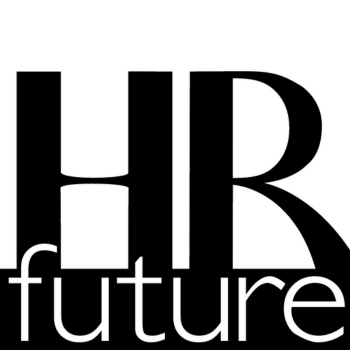Hiring has never been an easy process. Not only do you have to go through numerous resumes to find a few candidates who meet your requirements, but then interview them to confirm that they are a good match for your company. How many times have you not found a suitable candidate even after that? They seemed perfect on paper, but they were completely different in reality. We have already started using more modern recruitment methods, such as using social media to search; why not use the other technological advancements and further update the recruitment process.
Data is the key to making the recruitment process faster and easier for hiring managers. Having as much useful information about the applicants can make a difference between wasting your time on shady applicants or finding your perfect match. The truth is that resumes are created by applicants themselves, which means they might be embellished and a little bit sanitized. By implementing data enrichment tools, you can look behind the facts stated in the applicant’s resume, weed out any shady and suspicious applicants, and find additional information that can help you make your decision.
Why is Data Enrichment important in the recruitment process?
1. It helps businesses to make an informed decision
Can you imagine just how much time you lose going through the resumes of shady characters or reading fake CVs? Relying on resumes and interviews to find your perfect candidate is not a satisfactory solution. Especially as the cost of the wrong hire is not only financial. You will never get back the time you spent hiring that candidate, training them, and then going through the process all over again. Combined, the loss can come up to the damages of at least 30 percent of the applicant’s first-year expected earnings. Using data enrichment can enrich the raw data you have, get a clearer picture of the candidate, and determine their suitability (or unsuitability) for the job.
2. It simplifies the recruitment process
Most companies hope their job advert will speak for them and attract just the right talent, but that is just the first step. Now it is up to hiring managers to comb through applications and conduct the interviews to weed through all of the candidates and find the perfect match. Wouldn’t it be ideal if you could shorten that process just a bit? With data enrichment, you can gather the necessary information about applicants to help you decide if you want to initiate the next step and get answers to the questions you want to ask, shortening the interview time.
3. It keeps data up to date and ensures it is correct
By automating this process, you will avoid data decay as data enrichment works in real-time, making sure all of the data collected is complete, corrected, and up to date. It helps confirm the applicants are who they say they are, their work experience is legitimate, and there is no shady business happening.
Data is everywhere; why not use it to your benefit? Implement data enrichment and ensure you find suitable candidates every time.
Gergo Varga has been fighting online fraud since 2009 at various companies – even co-founding his anti-fraud startup. He’s the author of the Fraud Prevention Guide for Dummies – SEON Special edition. He currently works as the Senior Content Manager / Evangelist at SEON, using his industry knowledge to keep marketing sharp, communicating between the different departments to understand what’s happening on the frontlines of fraud detection. He lives in Budapest, Hungary, and is an avid reader of philosophy and history.
Photo credit: Pixabay




